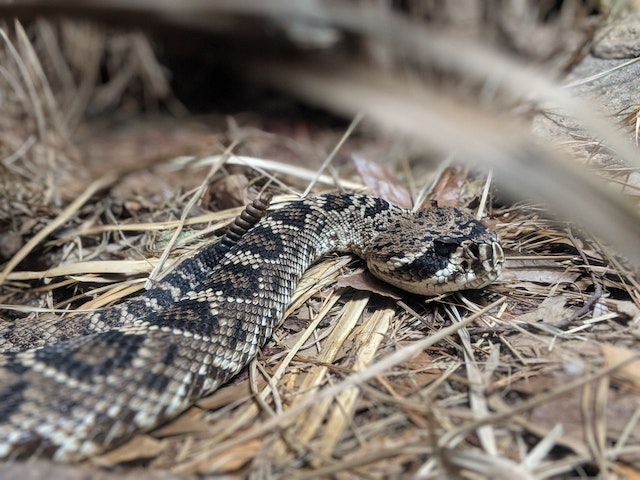- 19 September 2023
- 86
Garden to Grave Venomous Snake Risks in Residential Areas

Risk of Venomous Snakes in Residential Areas
In the seemingly serene landscape of residential areas, danger can often lurk unnoticed: venomous snakes. Join us on a journey guided by renowned herpetologist, Dr. Michael Reynolds, as we dive deep into the risks these creatures pose in your community and learn how to safeguard against them.
Meet the Expert: Dr. Michael Reynolds
Before we embark on our exploration of venomous snakes in residential areas, let’s introduce you to our esteemed guide, Dr. Michael Reynolds. With decades of experience as a respected herpetologist, Dr. Reynolds is a trusted authority. His insights will empower you with the knowledge needed to protect your community.
Assessing the Risk
Understanding the potential dangers is the first step in safeguarding your community. Our comprehensive table below outlines common venomous snakes found in residential areas, their distinguishing features, and typical habitats:
| Snake Species | Distinctive Features | Habitat |
|---|---|---|
| Copperhead | Copper-colored head and body | Eastern and Southern United States |
| Western Diamondback | Diamond-shaped markings | Southwestern United States |
| Cottonmouth | Dark, thick-bodied | Southeastern United States |
| Timber Rattlesnake | Rattle at the end of the tail | Eastern United States |
Safeguarding Your Community
Armed with knowledge, it’s crucial to adopt preventive measures to protect your community from potential snake encounters. Dr. Reynolds offers essential advice:
- Community awareness: Educate residents about the presence of venomous snakes and how to react if they encounter one.
- Habitat management: Encourage proper landscaping and yard maintenance to minimize snake-friendly environments.
- Snake-proofing homes: Implement measures such as sealing gaps and installing mesh screens to prevent snakes from entering homes.
- Professional assistance: If a venomous snake is spotted, contact local wildlife authorities for safe removal.
Photo by James Wainscoat on Unsplash
Embracing Coexistence
While it’s important to prioritize safety, it’s equally crucial to acknowledge the role these snakes play in maintaining ecological balance. Rather than fearing them, appreciate their place in the natural world.
Comparative Table: Venomous vs. Harmless Snakes in Residential Areas
To aid in differentiation, refer to our comparative table:
| Feature | Venomous Snakes | Harmless Snakes |
|---|---|---|
| Head Shape | Triangular | Narrow and elongated |
| Pupils | Vertical (like a cat’s eye) | Round |
| Tail | Usually rattles | No rattles |
| Aggressive Behavior | Defensive when cornered or threatened | Non-aggressive |
This table provides a quick reference for identifying these serpents and enhancing community safety.
Conclusion
Our exploration of the risk of venomous snakes in residential areas, guided by the expertise of Dr. Michael Reynolds, has equipped you with vital knowledge for safeguarding your community. Balancing safety and ecological awareness is key to coexisting with these creatures. Stay informed, protect your community, and appreciate the delicate balance of nature in your residential surroundings.


